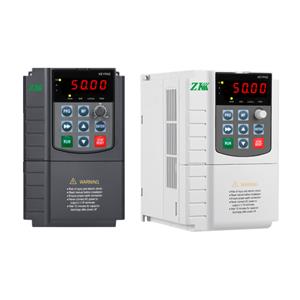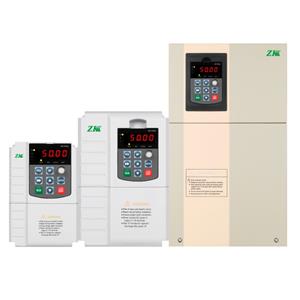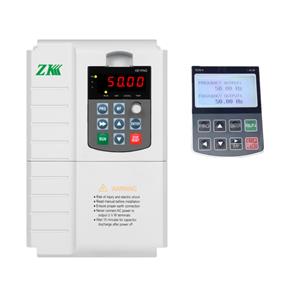Comprehensive Assessment of Solar Pump Inverter Efficacy
In regions plagued by limited access to conventional power grids, solar-powered water pumping systems have become a cornerstone for sustenance, particularly within rural and isolated communities. Central to the functionality of these systems lies the solar pump inverter, tasked with transforming the fluctuating direct current (DC) output from photovoltaic modules into a stable alternating current (AC) to actuate the pump. The critical appraisal of solar pump inverter efficacy is indispensable to assure both system efficiency and dependability. This manuscript delineates the principal performance indicators and assessment techniques for solar pump inverters utilized within solar-powered water pumping systems.
Solar-powered water pumping systems are proliferating within the domains of agricultural irrigation, livestock hydration, and the provision of safe drinking water. The operational capability of such systems is fundamentally contingent upon the solar pump inverter's aptitude for efficiently managing variable solar yields as well as fluctuating output requisites. A meticulous performance appraisal is paramount for the selection of an apt solar pump inverter tailored to a given application, as well as for its optimal functioning across diverse operational ambiances.
Key Performance Metrics:
1. Efficiency: The foremost metric for solar pump inverter evaluation is efficiency, which quantifies the solar pump inverter's proficiency in converting DC from photovoltaic panels into pump-motive AC. An elevated efficiency rating signifies minimal energy dissipation during transduction, culminating in augmented energy availability for water pumping.
2. Maximum Power Point Tracking (MPPT): Solar pump inverters equipped with MPPT technology are adept at optimising energy sequestration from solar arrays. MPPT efficiency is reflective of the solar pump inverter's capacity to vary its input impedance to capitalize on power extraction from the photovoltaic arrays, especially under oscillating solar irradiance conditions.
3. Startup and Dynamic Response: The alacrity with which the solar pump inverter initiates pump operations under suboptimal irradiance is a determinant of system steadfastness. The evaluation of dynamic response provides insight into the solar pump inverter's resilience in maneuvering abrupt variances in solar intensity or water demand.
4. Durability and Protection Features: Solar pump inverters are obligated to endure environmental adversities and shield themselves from detriments such as overvoltage, circuit discontinuities, and thermal excursions. Performance analysis thus encompasses rigorous testing of the solar pump inverter's safeguarding mechanisms under stress conditions.
5. Compatibility and Interfacing: Fluent communication between the solar pump inverter and pump underpins operational synergy. Scrutinizing solar pump inverter-pump compatibility and the interfacing adeptness with ancillary sensors and control apparatus is of the essence.
Evaluation Methods:
1. Field Testing: Replicating authentic environmental scenarios, field evaluations benchmark the solar pump inverter's efficiency and response under a spectrum of extrinsic conditions. Metrics pertain to overall system reliability and its adaptation to shifts in solar irradiance.
2. Laboratory Testing: Precision testing within regulated settings is conducted, subjecting solar pump inverters to various voltage and frequency inputs to catalog performance across diverse operational spectra.
3. Modelling and Simulation: Analytical models project solar pump inverter behavior under differing solar radiation, thermal conditions, and load dynamics, enabling performance foretelling sans extensive tangible experimentation.
4. End-User Feedback: Direct user insights shed light on solar pump inverter reliabilities and maintenance over protracted periods, unveiling pragmatic hurdles such as installation impediments or mismatches with specific pump configurations.
The performance evaluation of solar pump inverters within solar-powered water pumping systems is a multifactorial endeavor that embraces efficiency measurements, startup and response analyses, durability and safeguard evaluations, compatibility vetting, and user experience surveys. An exhaustive comprehension of these aspects and the corresponding investigative methodologies is essential for the accurate selection of solar pump inverters, which is pivotal to the system's efficacy and furthers the sustainability of solar-powered water pumping systems. As solar pump inverter technologies evolve, they promise to augment the functionality and steadfastness of solar-powered water pumping systems, thus fulfilling the pressing hydration needs of off-grid and underserved populations.




